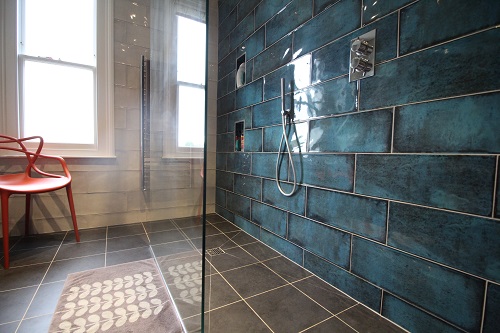Deciding which tiles to use in your bathroom is a big decision. Your bathroom tiles need to suit your needs and create the look you want. The tiles you choose can help to stamp your personality on your bathroom and create the wow factor! Creating a bathroom that provides the perfect combination of practicality and design requires careful thought. So which type of tile should you choose?
Natural stone tiles
Natural stone tiles can be used on walls and floors and are suitable for all rooms, both domestic and commercial. Natural Stone will create a great look but is the most expensive, with the highest grade tile costing from £60 per square metre to £150 per sq metre. Natural Stone ranges include limestone, marble and slate. It is the most costly option as each tile is unique and can contain tiny fossils. The advantages of natural stone are that you can polish edges so there is no need for trims. This provides a great finish for recesses, shelves and skirting. The disadvantages of this type of tile are that it is the most expensive to install and seal. Tiles need to be sealed three times and quality sealant itself can cost around £100 for a typical sized bathroom. Also, if you want a particular uniform look or a perfect finish, natural stone tiles aren’t for you as there will be chips and dramatic shade variations due to the fact it is a natural product.
It is good to remember that you don’t have to tile a whole bathroom. If the bathroom is designed properly you can use this expensive stone sparingly to create the desired effect.
Porcelain tiles
Porcelain tiles are the most popular type of tile for walls and floors. They are made of a harder material than ceramic, making them perfect for wetroom floors. If you pour water on to a porcelain tiled floor it will sit on the surface, making it a practical tile. We typically use porcelain tiles for our bathroom floors. If you like the natural stone look many porcelain tile suppliers now have a range of designs that imitate natural stone. This allows you to get the look of stone at a fraction of the cost. Often tilers use a combination of different porcelain natural stone patterned tiles to create the natural stone look.
Ceramic tiles
Ceramic tiles are the softest tile available and we usually recommend you use them on walls rather than floors. If you pour water on ceramic tiles the water will eventually seep through. If you have a favourite tile that is ceramic you can check to see if it is suitable for use as a floor tile. If you are creating a wetroom you would need to ask the supplier if the tile can be used as a wetroom floor. Most patterned tiles, a key design trend this year, are ceramic tiles.
What about metro tiles?
Metro tiles are a favourite trend in 2018 and they can look amazing. Just be wary if you choose a metro tile with a bevelled edge as the consequence is that furniture and sanitary ware will not sit flush against the tile due to the tile’s unevenness. Therefore this style of tile is usually best left as a feature wall using minimal product. The advantage of using a bathroom designer is we can advise on the best tiles to fit your space.
Why do tiles crack?
Natural stone and Porcelain tiles should not crack but if you have evidence of cracking it will not be the fault of the tile. Cracking is due to the movement of the house and the strength of the floor. If your tiles have been laid on an uneven floor and/or have not been properly prepared for tiling with a substrate backer board or plied then the inevitable outcome is that over time the grout will crack, the adhesive will loosen and tiles will start to develop cracks and fractures. It is imperative that when you are booking a tiler, that you ask them about their intentions for both wall and floor preparation. The correct preparation is to use waterproof backer board or membrane for shower walls and floors.
The advantages of using a professional bathroom designer and tiler
Our skilled installers will ensure the correct foundations are laid for your new bathroom. They will prepare the floor correctly with waterproof backer board, typically 12ml thick. For walls they will strengthen them to tile level using backer board. Often, we find bathrooms have tiles layered on tiles. We would always start any installation by taking the bathroom back to the brick and starting again with a fresh canvas.
See some examples of our work
We have a wide range of Projects showcased on the website displaying different tiles and their uses. This is a great place to start if you are considering revamping your bathroom. We show details of each project and a price range.

